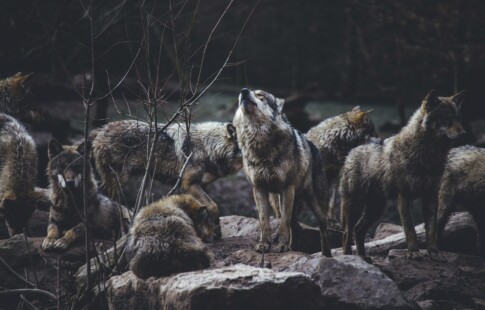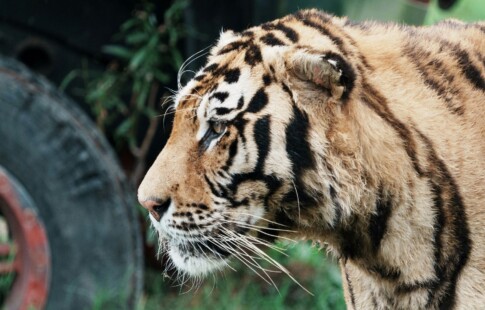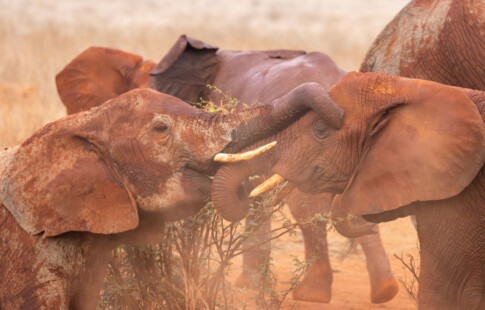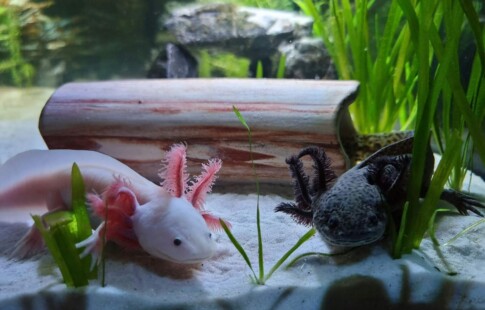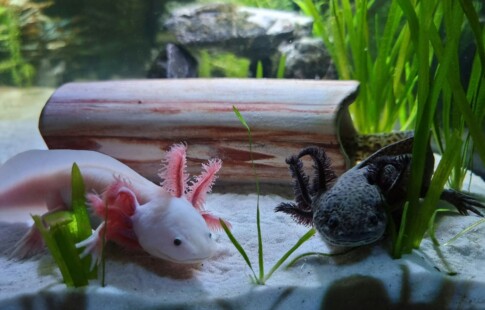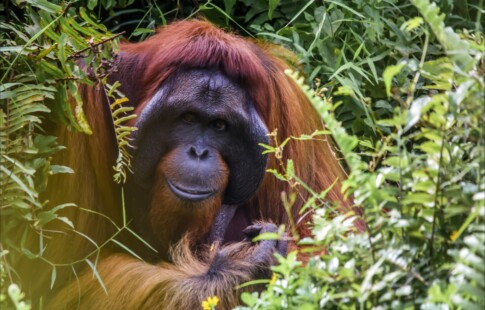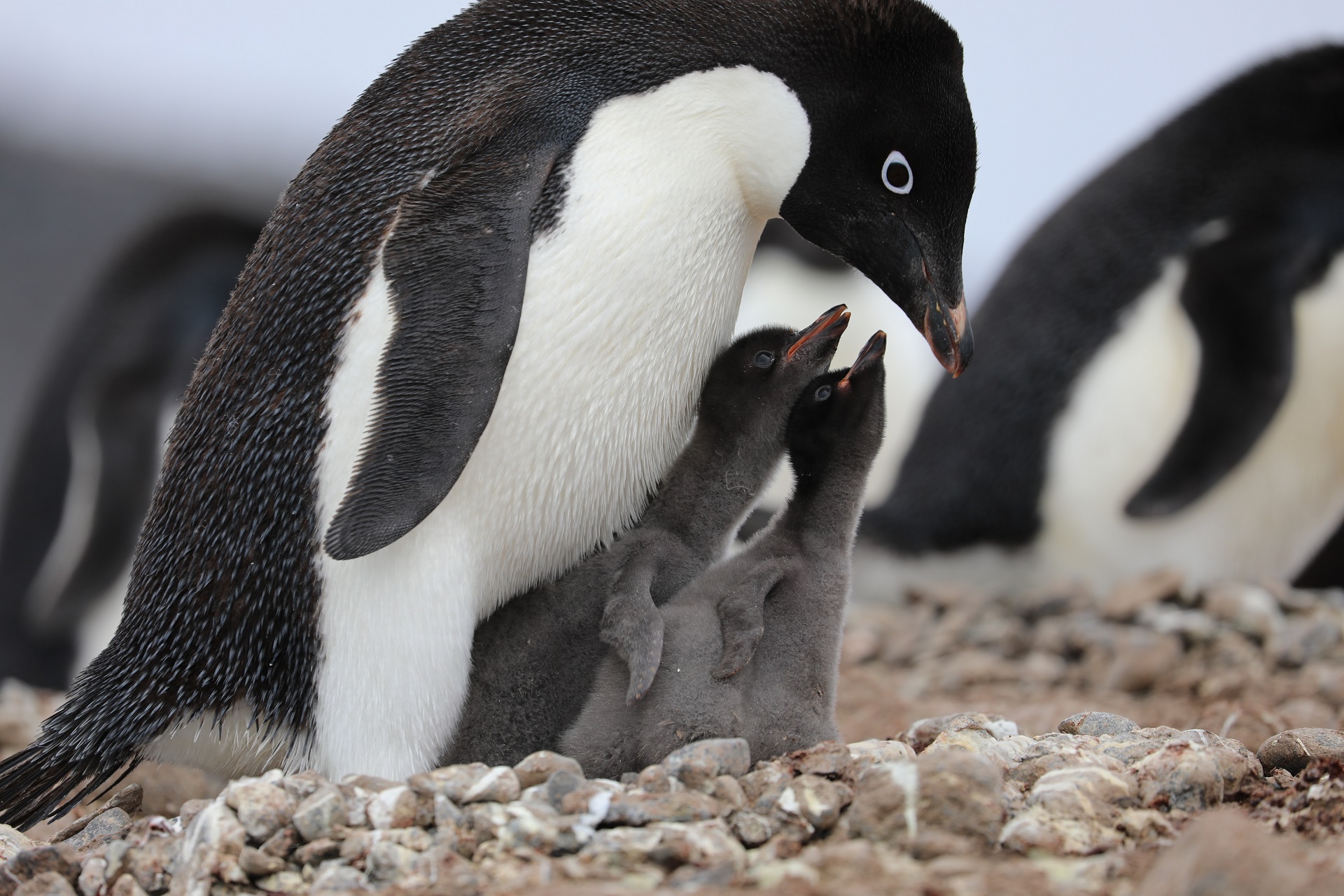
Are Penguins Endangered?
We are reader-supported. When you buy through links on our site, we may earn affiliate commission.
Penguins have taken the hearts of many humans. These birds that thrive in the most brutally cold conditions are some of the most protective of their kin, despite their flightless nature. They’re locked to the southern hemisphere in Antarctic conditions, making them invisible to most. However, this doesn’t mean they aren’t at risk of reduced numbers because of human influences like the climate crisis. Are penguins endangered like many of the world’s species, and how can humans curb this destruction?
How Do Humans Define Protected Species?
There are several designations humans place on species to determine their status. The Endangered Species Act (ESA) in the US and the International Union for Conservation of Nature (IUCN) — among others — have similar or crossover classifications.
Most have heard of the endangered label, but more nuance is worth exploring to know penguins’ livelihoods more intimately. Species become endangered because of habitat destruction, disease, commercialization, and more. Here is a summary of some categories for a better understanding of the status of penguins:
- Not evaluated and Data deficient: Not every species has had the same degree of analysis. Therefore, this marker indicates where humans can invest in research.
- Least concern: The category helps define animals and plants in healthy numbers, aligning the priorities of conservationists for what’s most important.
- Vulnerable: When a species is at high risk of accelerating toward more severe categorizations, including threatened habitats or increased human threat.
- Endangered and Critically endangered: When a species’ ability to naturally reproduce or sustain itself in its natural habitats regresses.
- Extinct in the wild or Extinct: When none of the species remains in the wild, except for potentially in containment in refuges.
Knowing these distinctions, are penguins endangered in any capacity among the various species?
How Close Are Penguins to Extinction?
According to the IUCN, in early 2023, there were five species of penguins listed as endangered, with other species ranging from least concern to vulnerable:
- African penguin, Spheniscus demersus, with around 41,700 remaining
- Galapagos penguin, Spheniscus mendiculus, with around 1,200 remaining
- Yellow-eyed penguin, Megadyptes antipodes, with around 2,600 remaining
- Erect-crested penguin, Eudyptes sclateri, with around 150,000 remaining
- Northern Rockhopper penguin, Eudyptes moseleyi, with around 413,700 remaining
Conservationists closely monitor habitat preservation and population restoration as part of their endangered status.
It’s easy to see the range of numbers of what constitutes endangered because the influences vary depending on the geographic area and the biological features of each penguin. Effects include natural causes and human consequences, but it’s often a mixture, and how fast-acting and catastrophic those factors are.
What’s Putting Penguins in Danger?
Some species have a wider spread over multiple habitats with a firmer foundation, alongside long-living adults to carry on a sustainable legacy — others don’t have this luxury. A few species have extensive migratory patterns that put most of the population in severe danger yearly, while others stay in one place. Chilling climates could put newborns in danger and hunting patterns could frequently separate parents for long periods, decreasing familial resilience.
Other natural causes include predators’ reproductive rates outpacing penguins or a massive spread of illness. However, if not for human influence, these species could survive these factors more gracefully.
Humans cause penguins harm because of the extent of their contribution to the climate crisis. It’s an umbrella for countless branching side effects. For example, military pollution, oil spills, invasive species, and illegal egg poaching are all ways humans endangered penguins — each of these reasons intensifies because of climate change affecting temperatures, pollution distribution, and irregular animal movement.
Many penguin species, including the Galapagos and Yellow-eyed penguins, are victims of overfishing and unethical fishing practices. Fisheries unintentionally wrap them in nets, harming them in the process. They’re more susceptible to predators if released back into the waters because of their ailments. A course like this represents how one harmed penguin could affect the whole colony because they can’t bring back food.
How Can Humans Help Penguin Populations?
Corporate, governmental, and individual efforts are all helpful in preserving endangered penguin populations. It’s not enough to rely on the processes humans have — humans must bolster these efforts to meet species’ needs. Let’s analyze how everyone can help penguins within their capabilities and resources, though there is plenty of crossovers.
Individuals and Companies
Everyone can reduce their carbon footprint. These actions look different depending on individual or enterprise implementation, but the value is invaluable to saving penguins.
Most live in colder climates, threatened by a warming Earth. If everyone considers waste reduction, energy use, pollution contribution, and environmental commitment, these will improve penguin populations because cold regions won’t dissipate as quickly.
Education is another critical way to assist penguins. Providing information to the masses can manifest in multiple ways, depending on if you’re alone or leading a Fortune 500 company:
- Teachers can update outdated curricula to contain current information on the status of species or advocate for more comprehensive education on endangered species.
- Train employees and third parties to minimize the risk of pollution by acknowledging how it affects penguin populations.
- Funding community programs or events to spread awareness of endangered penguins.
- Donate time or money to nonprofits that focus on endangered species rehabilitation and prevention.
- Collaborate with organizations to promote campaigns and increase revenue streams for in-need causes.
- Visit or volunteer at refuges or zoos, participating in ethical, meaningful work to help penguins.
- Adopt an endangered penguin through a program.
- Self-educate by staying informed and discussing global news with close friends and family.
- Get a job in habitat preservation or wildlife conservation.
Global Powers
Governments and global organizations can instill standards and advocate for penguin protection. Some initiatives have been the reason penguins are still around, proving how necessary they are to their survival. The Antarctic Treaty and the Convention on International Trade in Endangered Species of Wild Fauna and Flora (CITES) are other examples outside ESA and IUCN integral to penguin safety.
Saving Penguins from Extinction
The penguin family is not entirely safe, but they’re far from the most endangered on the planet. Other families of creatures are in more perilous positions, but that doesn’t mean efforts to protect penguin species should go overlooked. Conservation efforts have already salvaged many species, and it could prove valuable in saving the presently endangered penguins.
Share on
Like what you read? Join other Environment.co readers!
Get the latest updates on our planet by subscribing to the Environment.co newsletter!
About the author

Jane Marsh
Starting from an early age, Jane Marsh loved all animals and became a budding environmentalist. Now, Jane works as the Editor-in-Chief of Environment.co where she covers topics related to climate policy, renewable energy, the food industry, and more.
